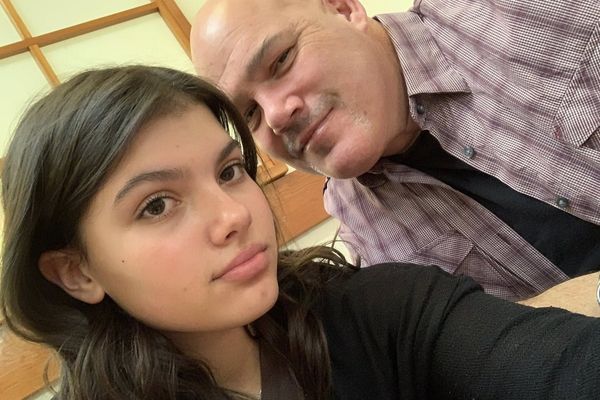
On Wednesday, police finally arrested Frank James, the man accused of shooting up a crowded subway train in New York City, wounding 10. James, strangely, had called in the tip himself, telling police he was at a Manhattan McDonald’s. Other New Yorkers spotted the subway shooter too, assisting the police.
Eric Adams, the New York City mayor, touted the arrest as another victory for the New York police department and called, once more, for increased surveillance on the subways. “We believe we have a technology that we can use in the subway system that many passengers are not even going to be aware that they are walking past a device that could detect weapons, and we are excited about the possibilities and I’m not going to leave any legal technology off the table when it comes down to keeping New Yorkers safe,” Adams said on MSNBC.
A former police captain, Adams was elected mayor last year on a promise to crack down on crime. He was able to outflank more liberal rivals in the Democratic primary as public safety became a top issue for voters. Since taking office, he has visited numerous crime scenes and vowed, at various points, to reintroduce tougher policing practices.
Progressives are wrong to simply mock police for taking 30 hours to apprehend James or relying on tips to find him – that’s how policing usually works. Some online commentators have argued that the shooting proves police can’t prevent any crime because Adams had already dispatched more cops to the subways and James was still able to detonate a smoke bomb and unload his gun on passengers. Police can deter crime and most working-class New Yorkers want them to catch criminals and solve crimes.
But Adams and his tough-on-crime cohort get the story wrong too. Heavy-handed tactics and a new surveillance regime aren’t the answer – because both already exist. Since 9/11, the NYPD has morphed into a standing army with extremely sophisticated weaponry, performing all kinds of counter-terrorism functions. Civil liberties have been abused. If the NYPD can’t police with the tools already at its disposal – including an operating budget of $6bn and a force that numbers approximately 36,000 – then there are greater problems at play.
The danger comes when Adams floats new means for surveilling New Yorkers. At first, he seemed to suggest in an interview that metal detectors should be placed in subway stations, an unworkable solution that would probably chase many riders away. Millions enter the city’s subway system daily and there are almost 500 stations.
Later, Adams said he didn’t really mean he wanted metal detectors. Instead, he called for newer, if non-specified, technologies. There are theoretical options. The much smaller Los Angeles subway tried out scanners to detect guns and the system malfunctioned during a demonstration. Camden Yards, the home to the Baltimore Orioles, is also attempting a walk-through threat detection portal. The state-run Metropolitan Transportation Authority, which controls the New York City subway system, said no technology would be endorsed that impeded how people moved through the subway.
Adams, though, has a thirst for invasive surveillance technologies. He is a proud supporter of the sort of facial recognition tools that can wrongly pin crimes on people of color and exist with little oversight nationally. Since Adams’s crusade against crime is popular with New Yorkers, he will have a wide berth to sacrifice civil liberties in the mistaken belief that such a tradeoff is required to make people safe. It’s not, and never has been.
Better investment in mental health services, housing, and social safety net programs can, in the long run, reduce violence in the streets. James is 62, but most violent crime is committed by those under 30 with few other options in life. Gangs have purchase in neighborhoods where jobs and educational opportunities are lacking. And beyond shootings like these, there are crises that mental health professionals, rather than armed police, should be called upon to address.
Progressives – especially those who want to defund the police – must recognize that a total pullback from policing won’t succeed either. Those most affected by gun violence want the criminal justice system to function for them. This means having police present who take their trauma seriously, try to crack down on gun trafficking, and help put murderers in prison. Better policing is not the total absence of policing. A good mayor would deploy police effectively without abusing the rights of the most vulnerable New Yorkers. Unfortunately, it’s not clear that Adams is up to that task.
Ross Barkan is a New York City-based writer







